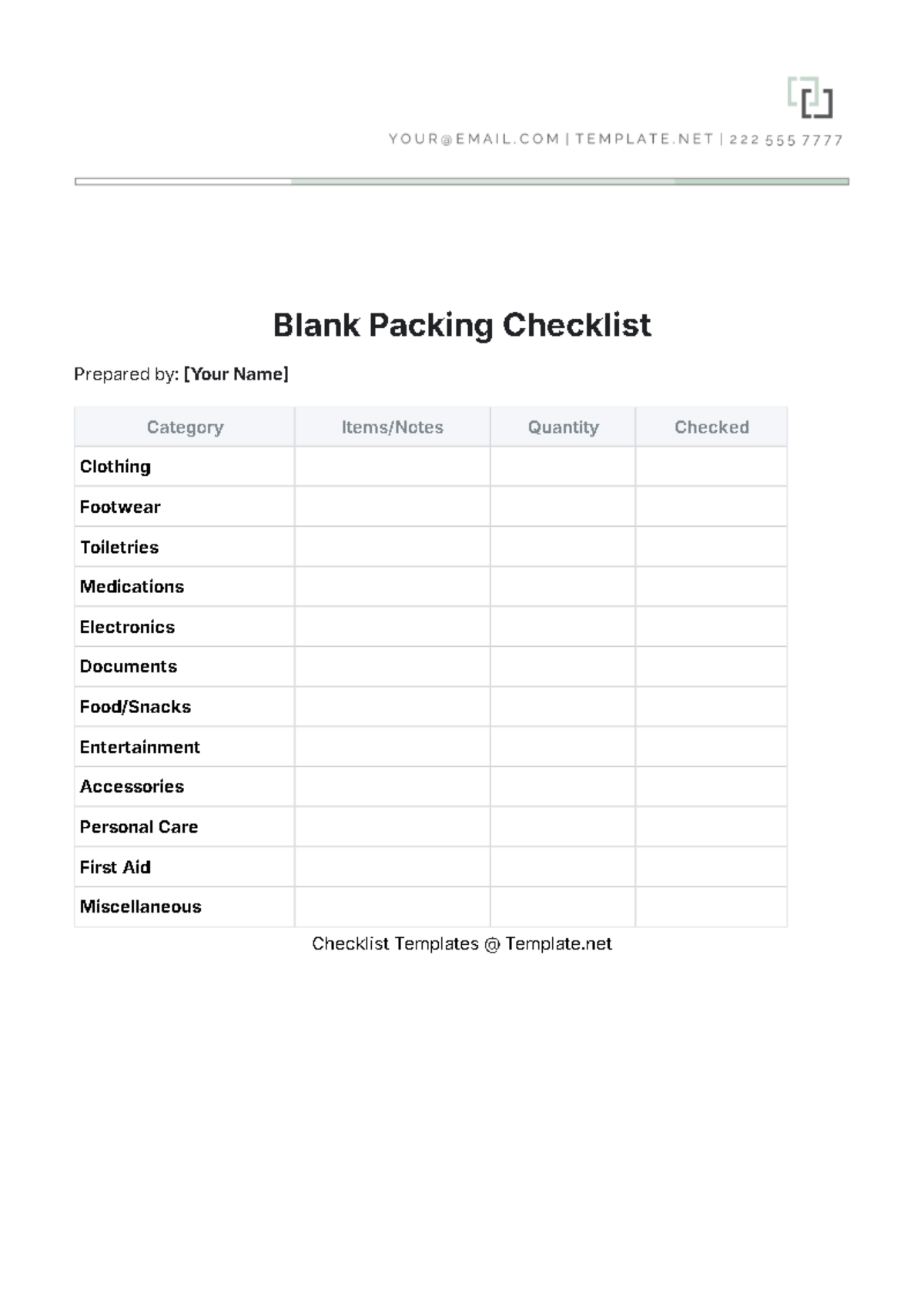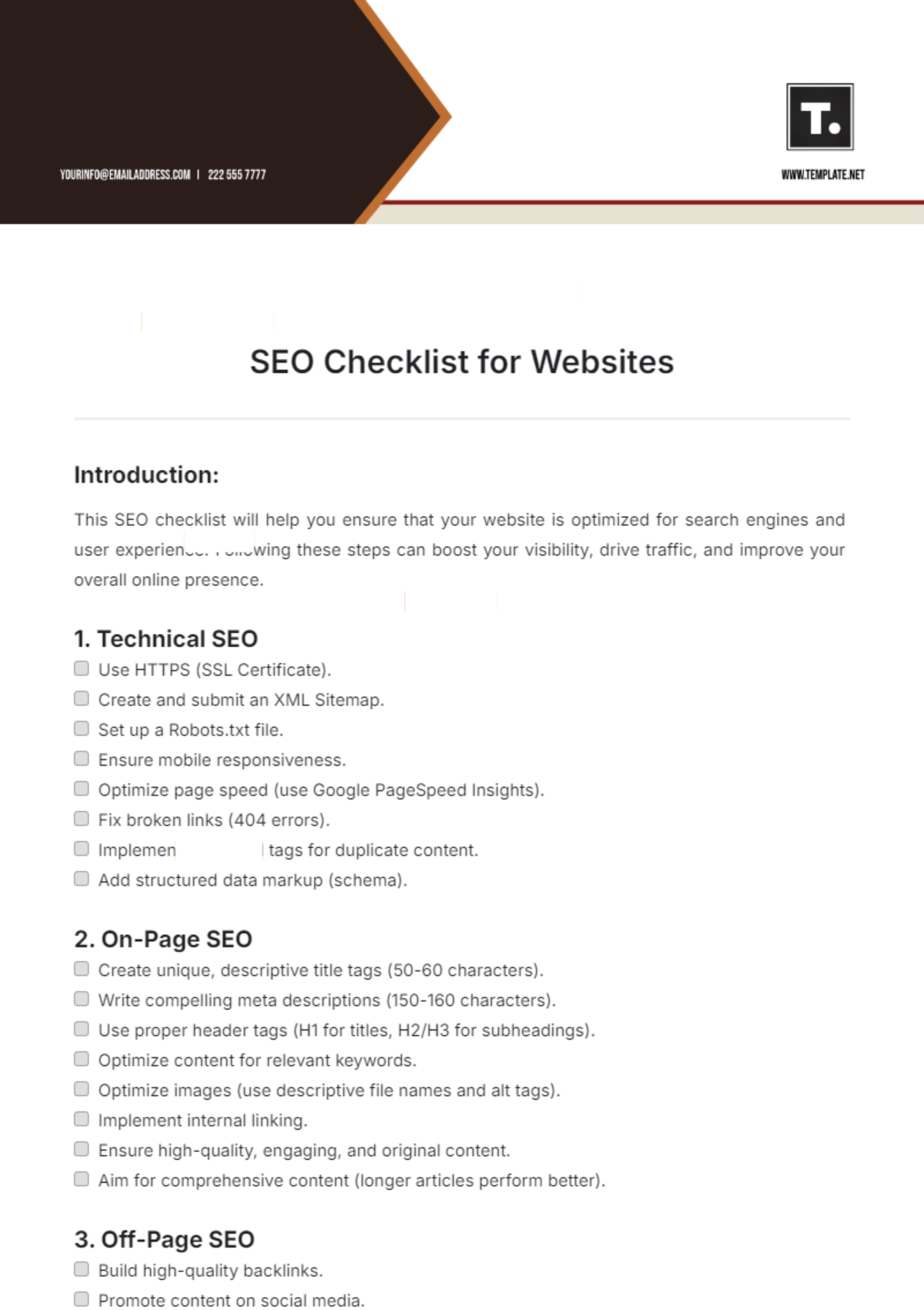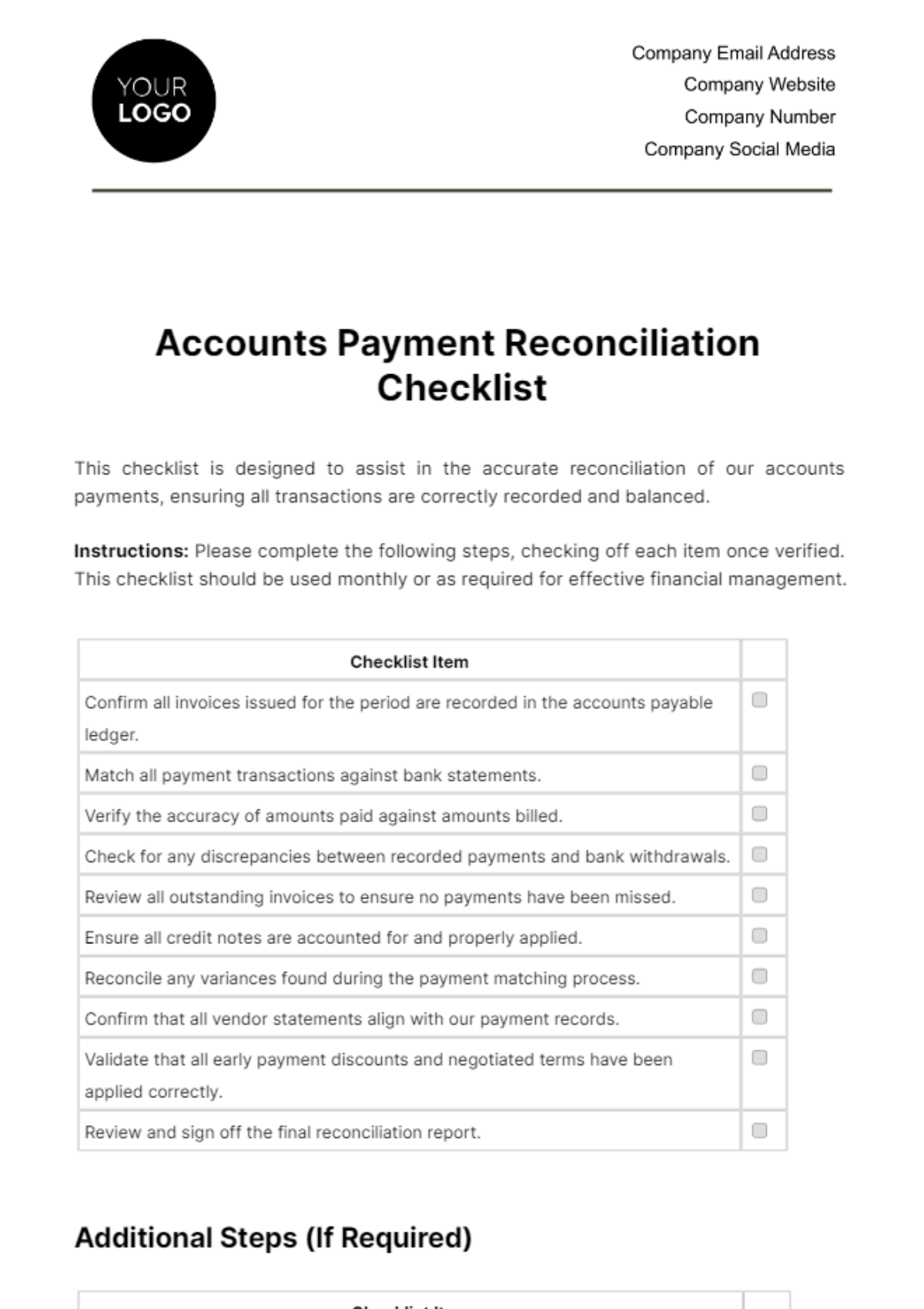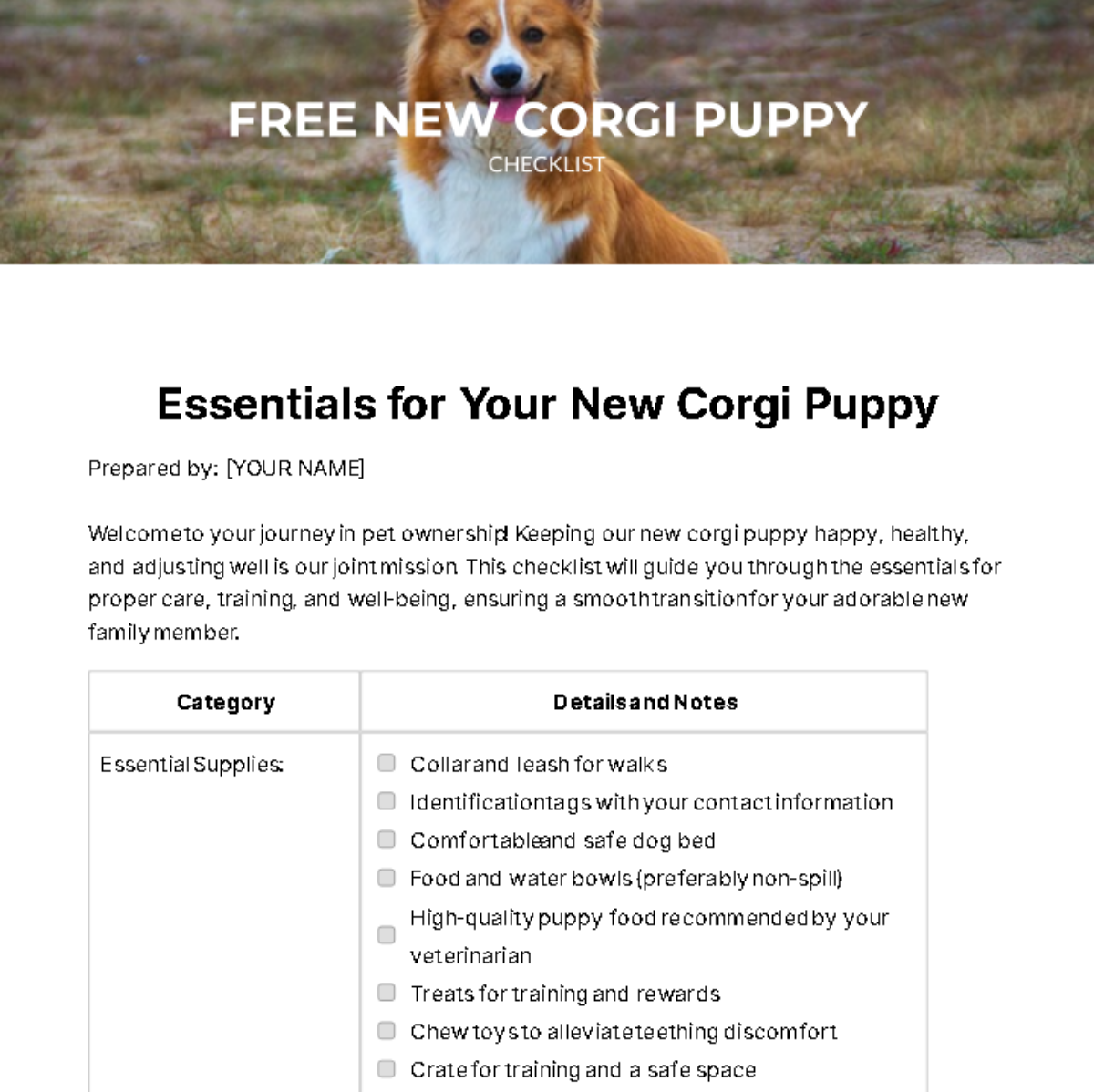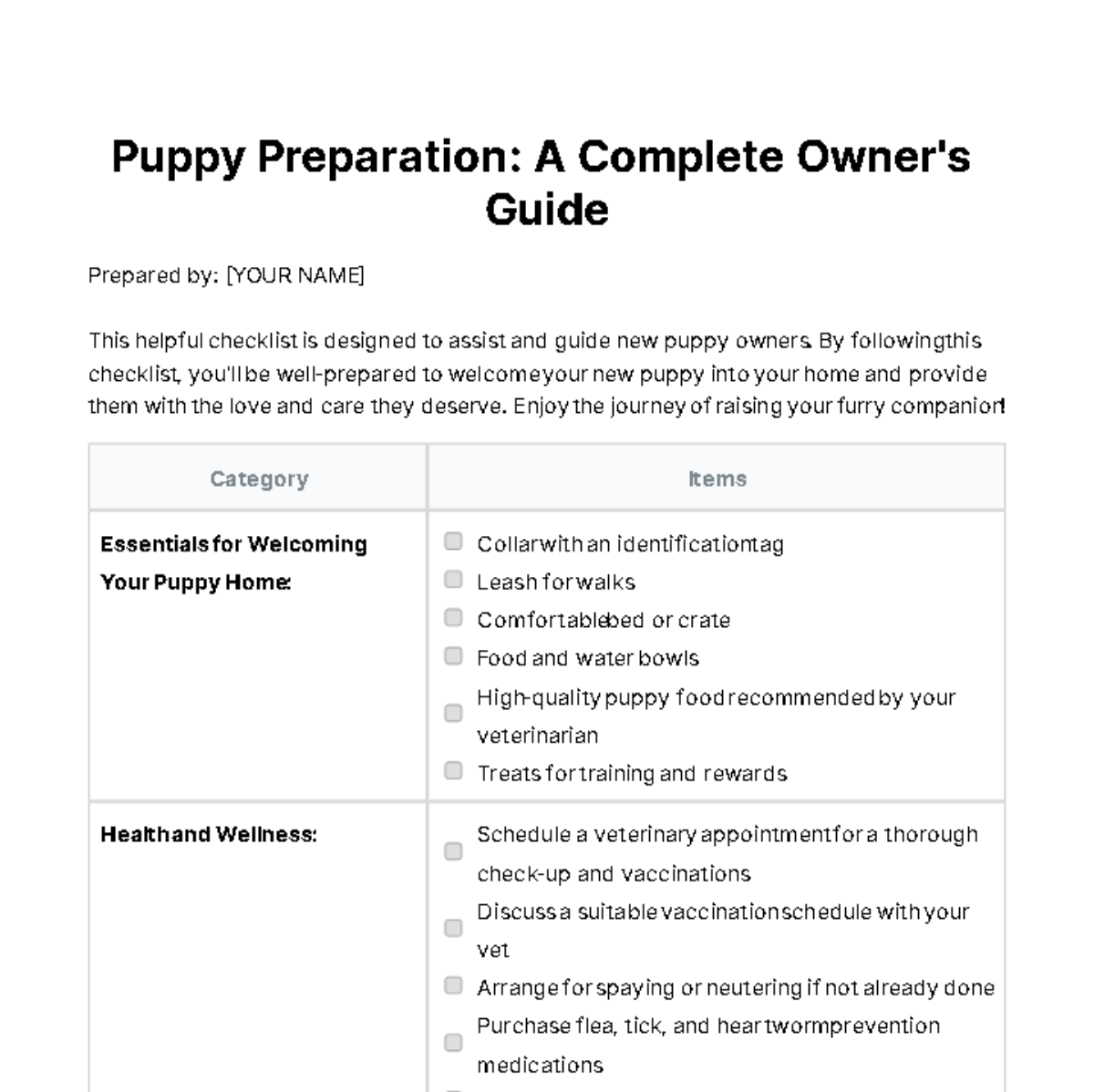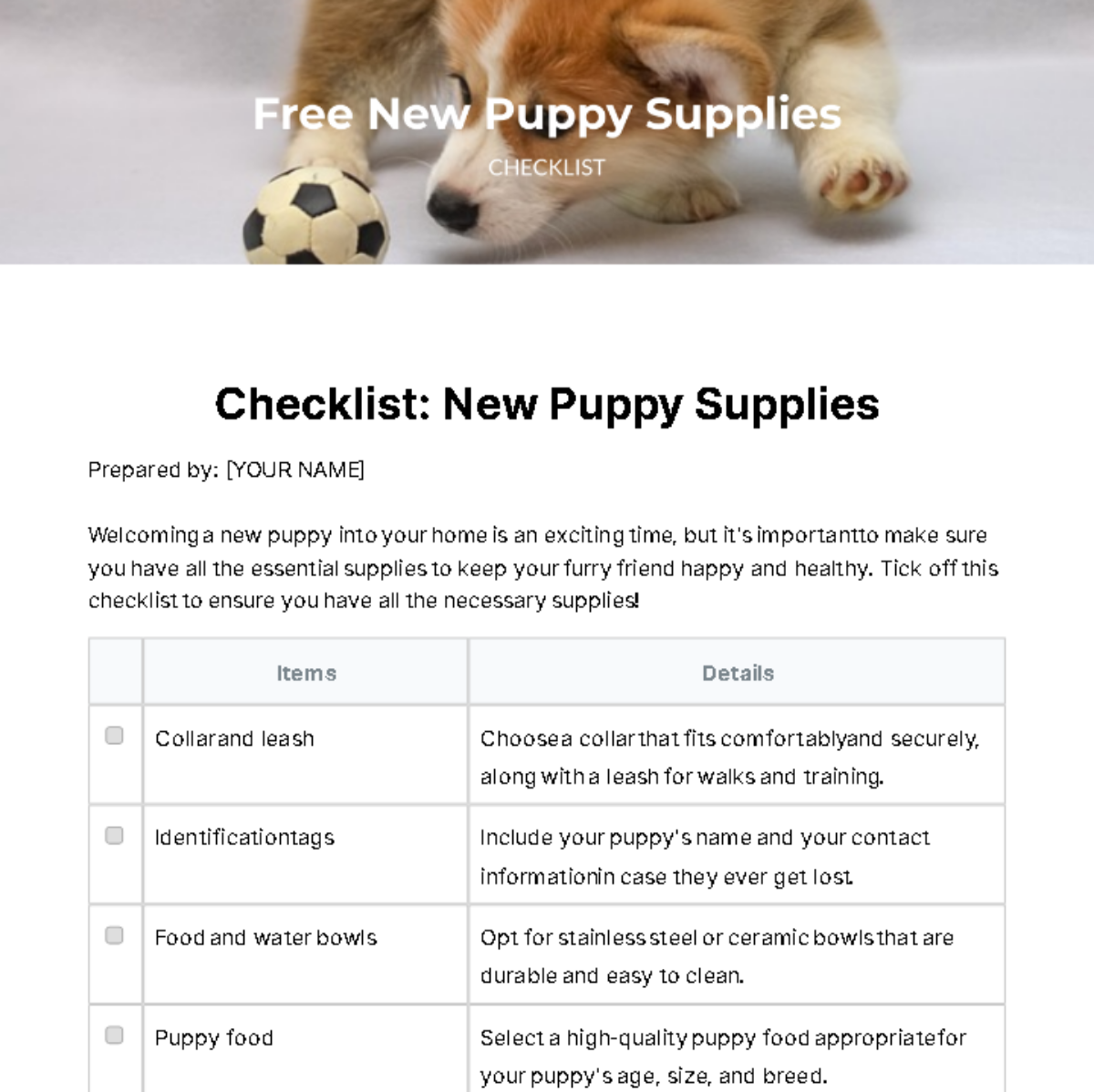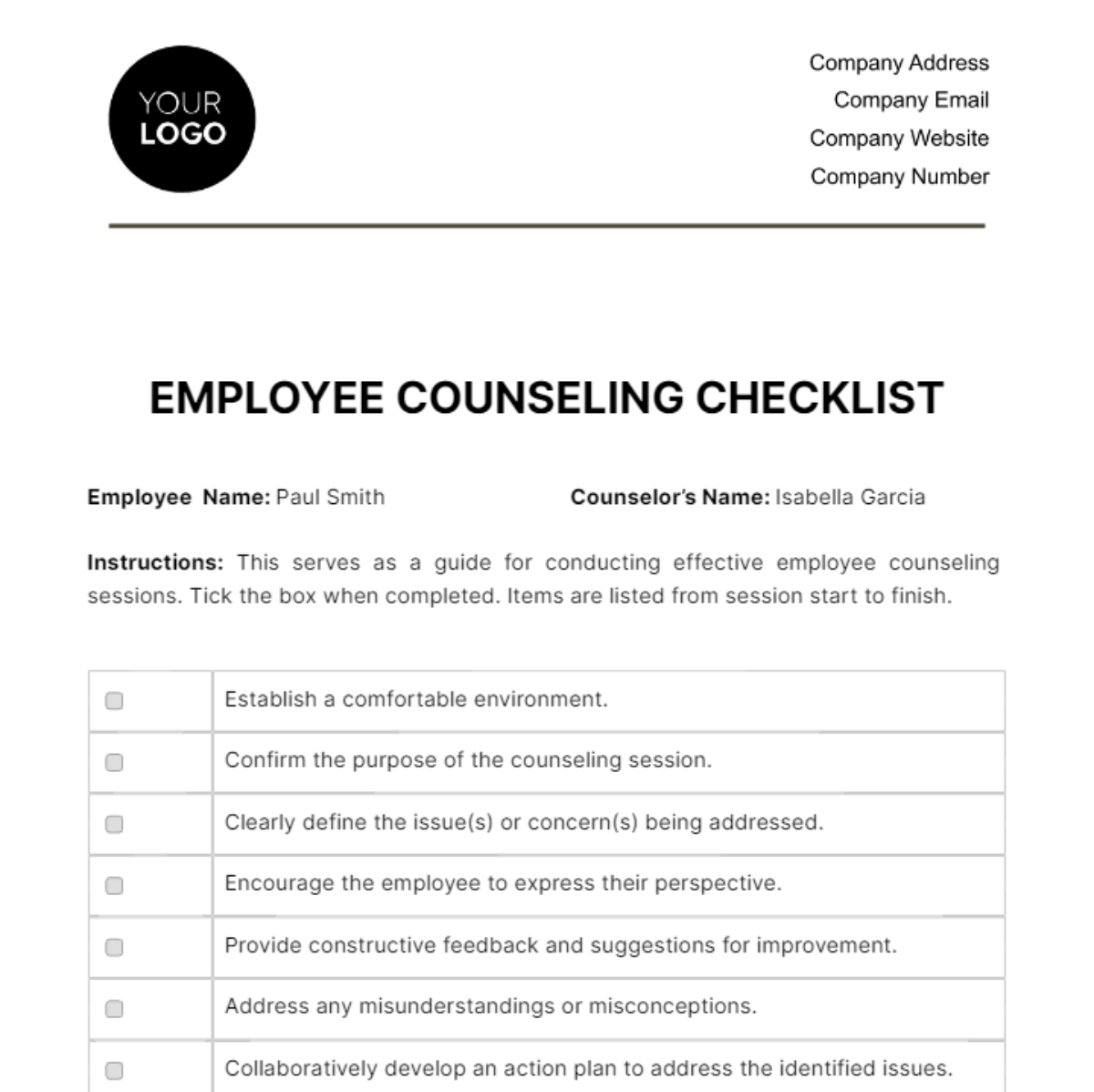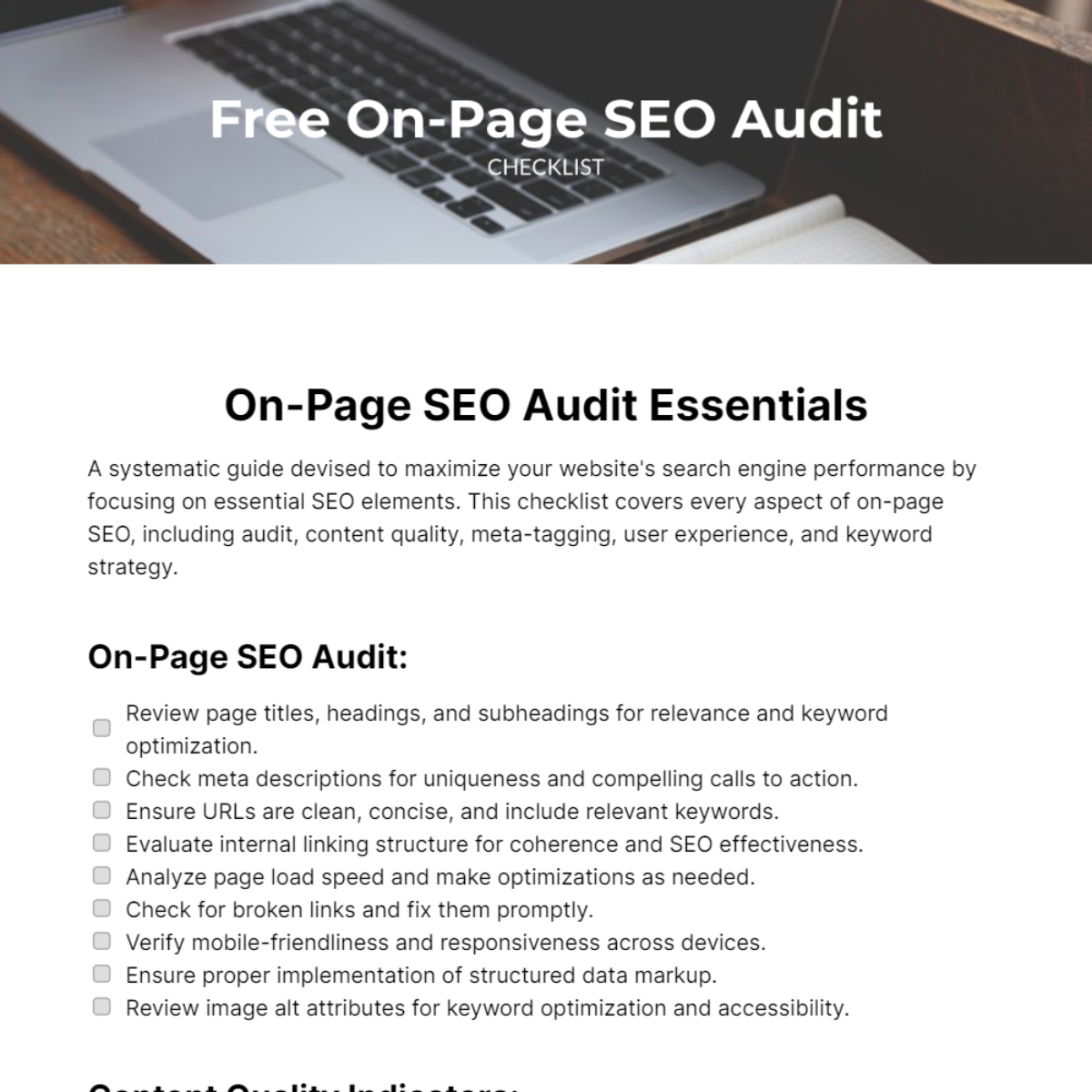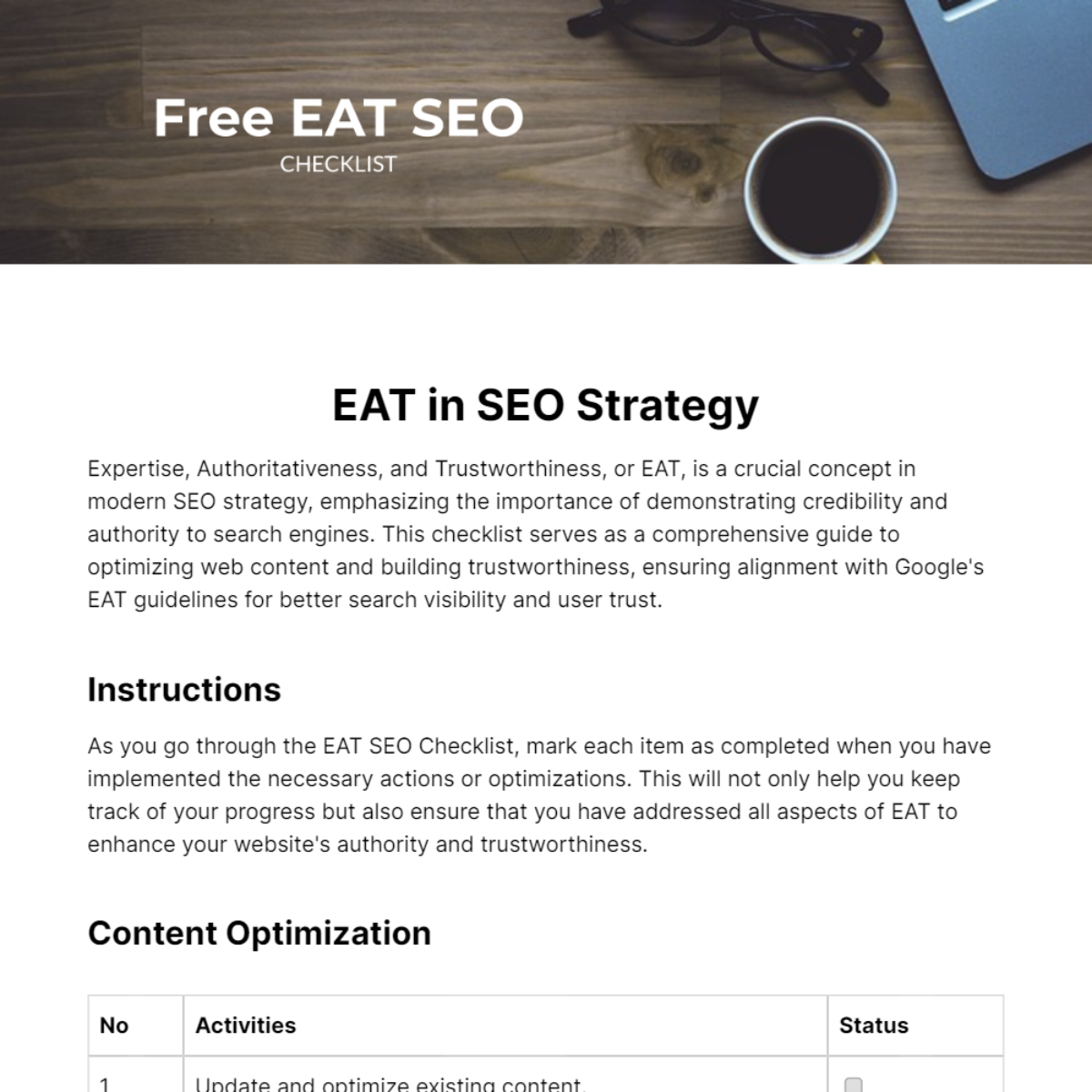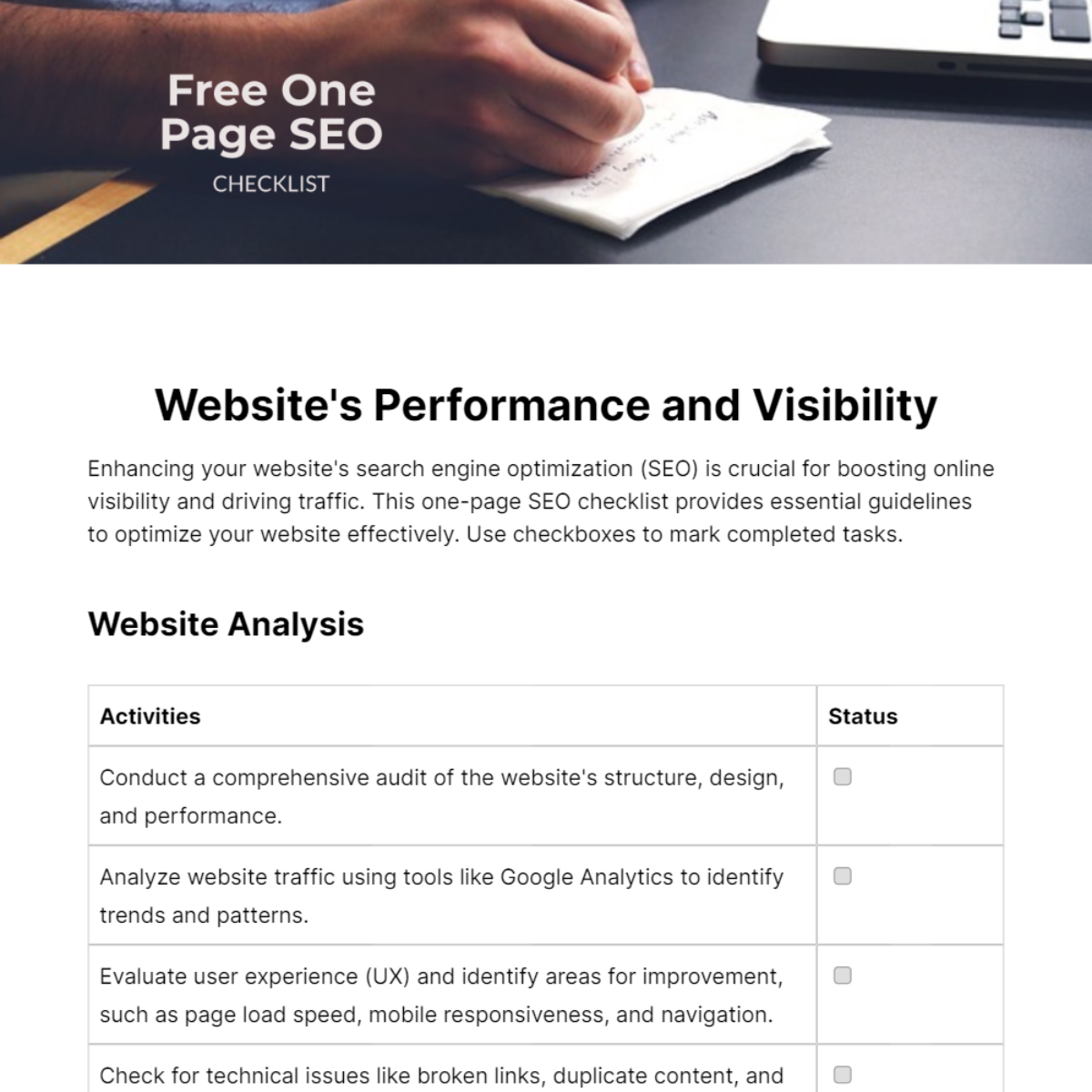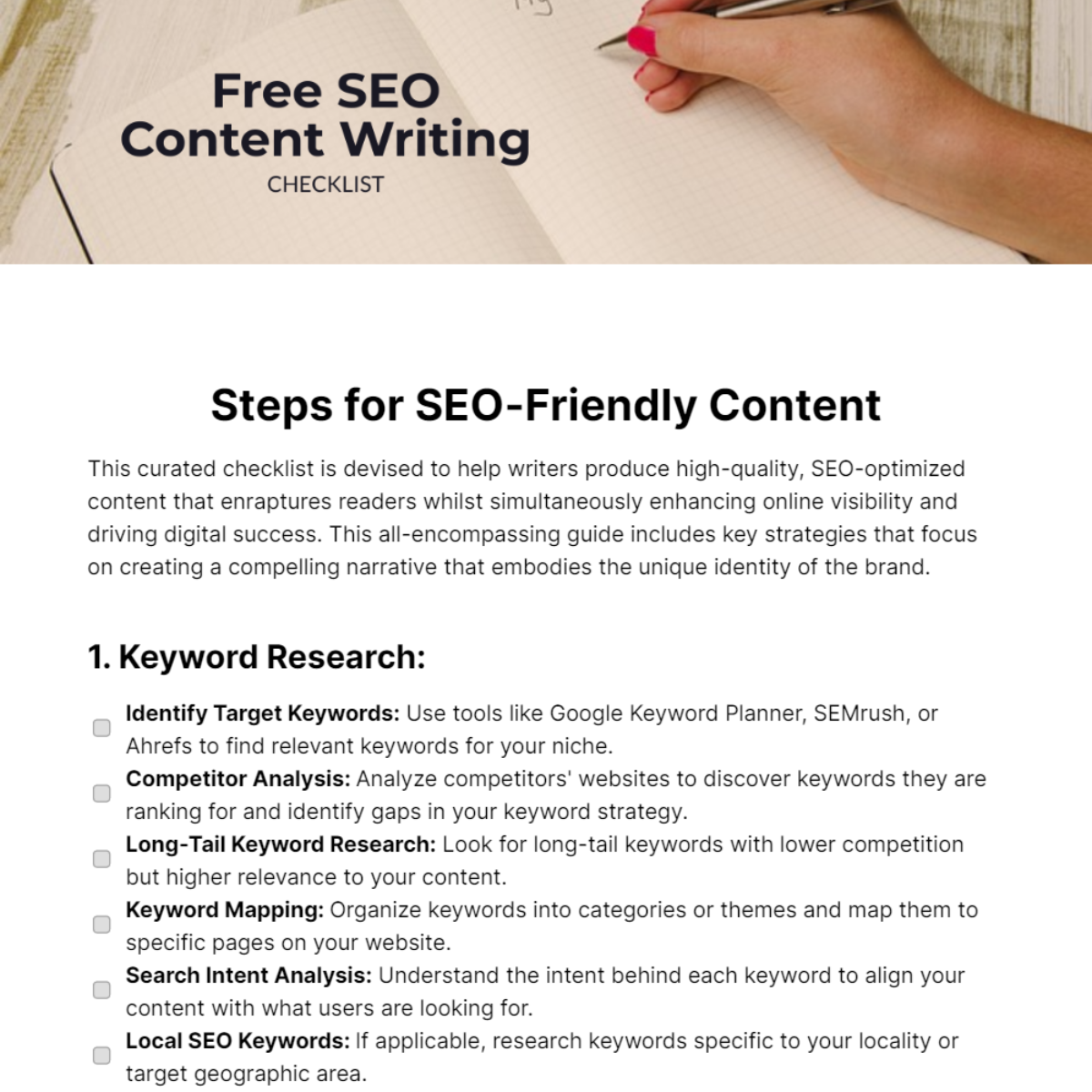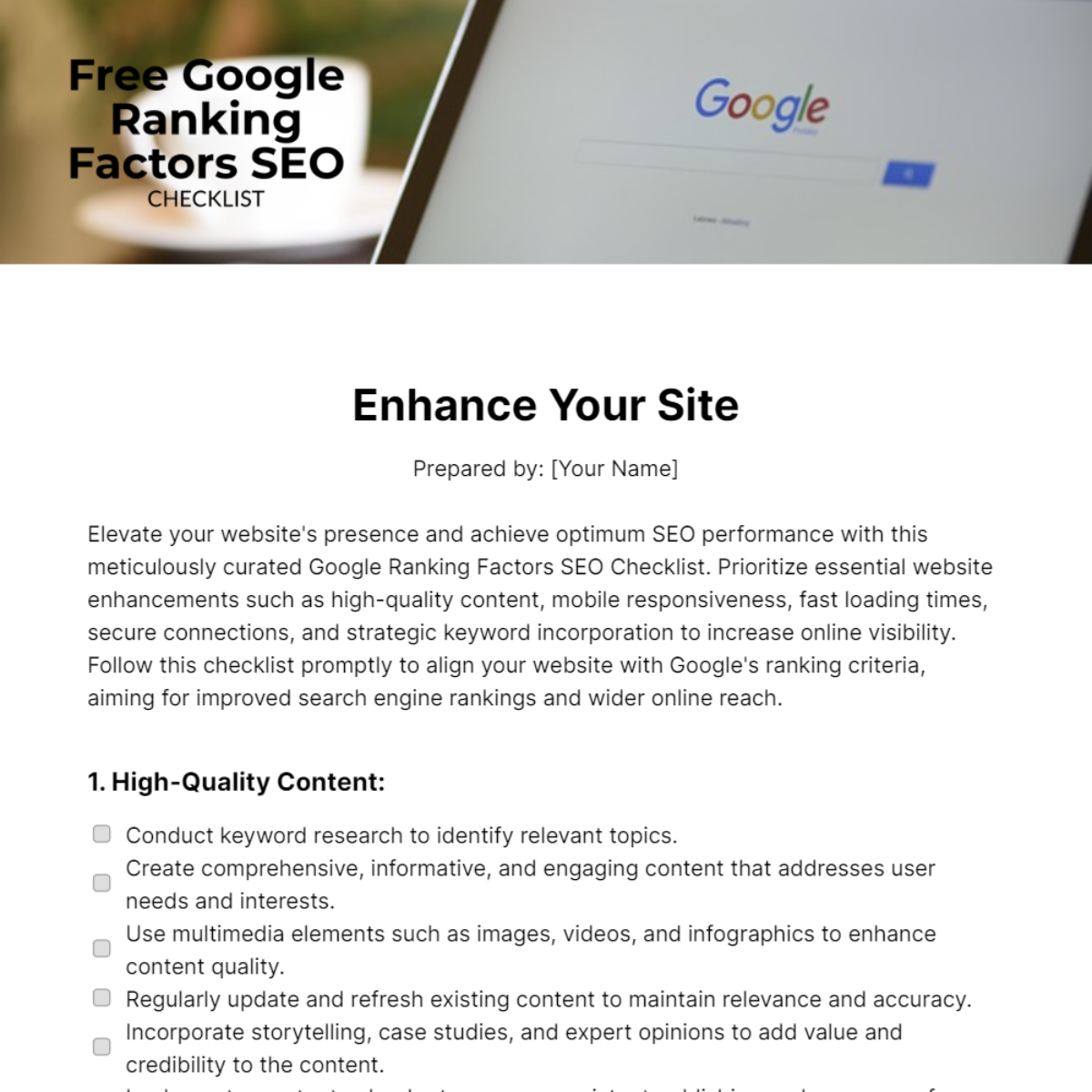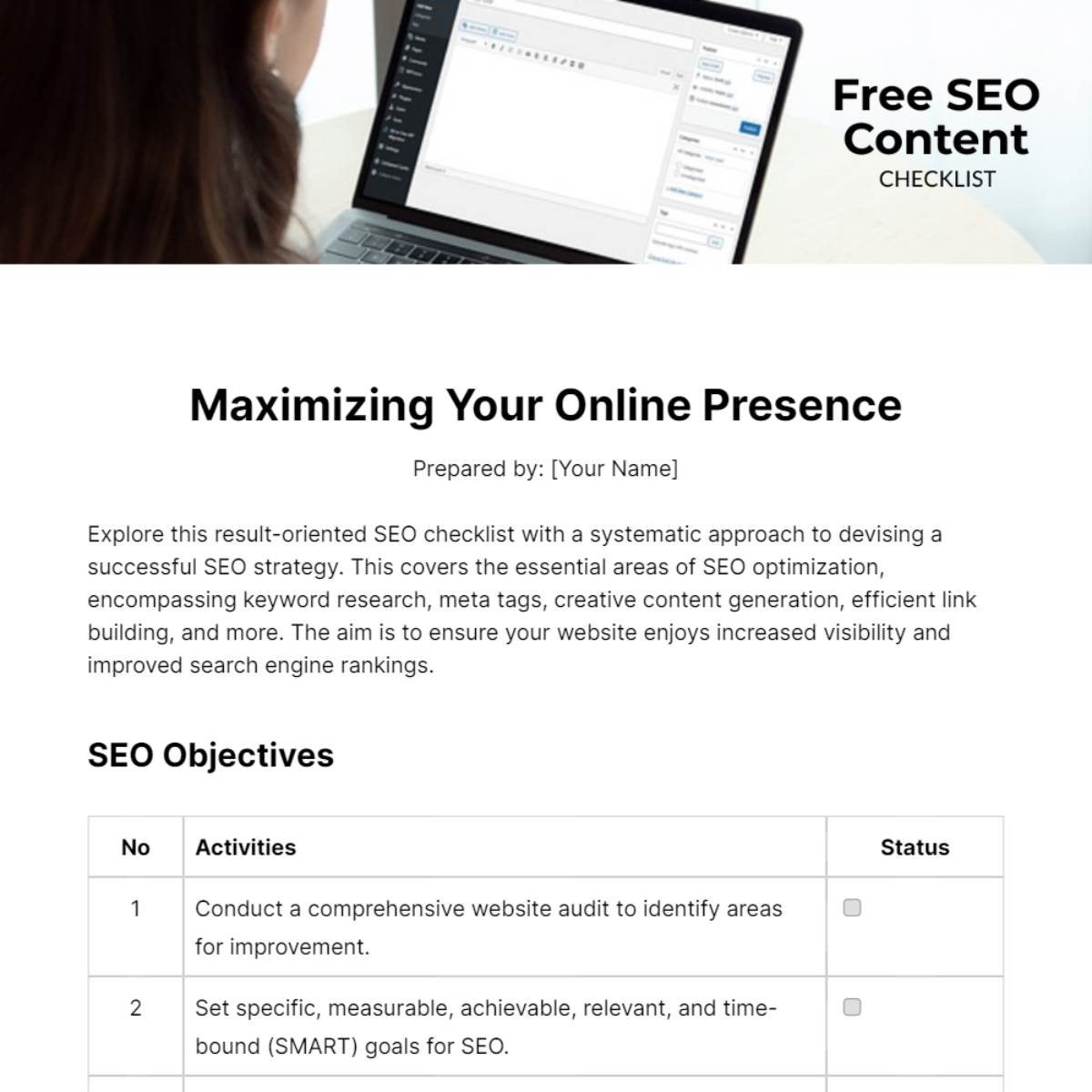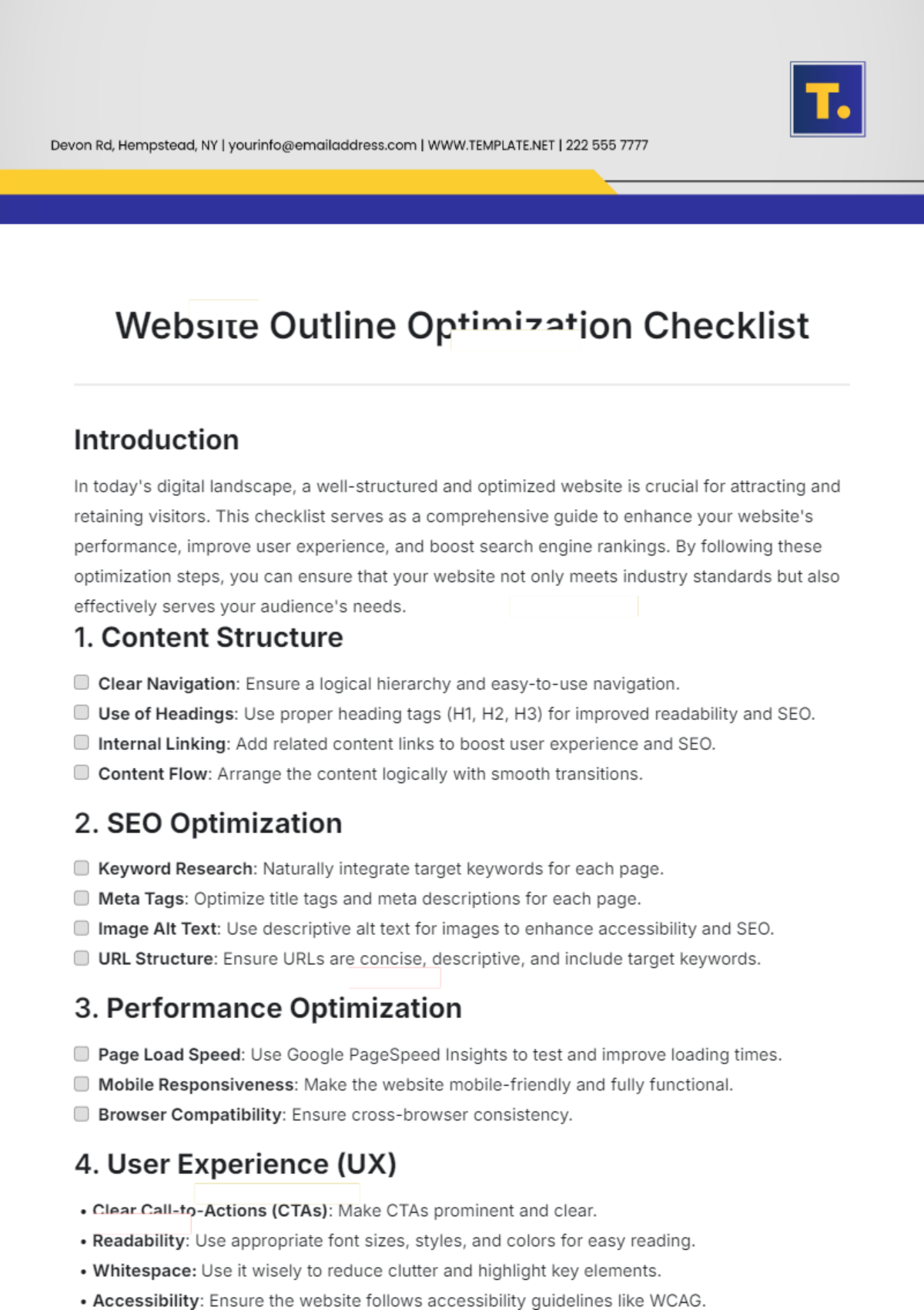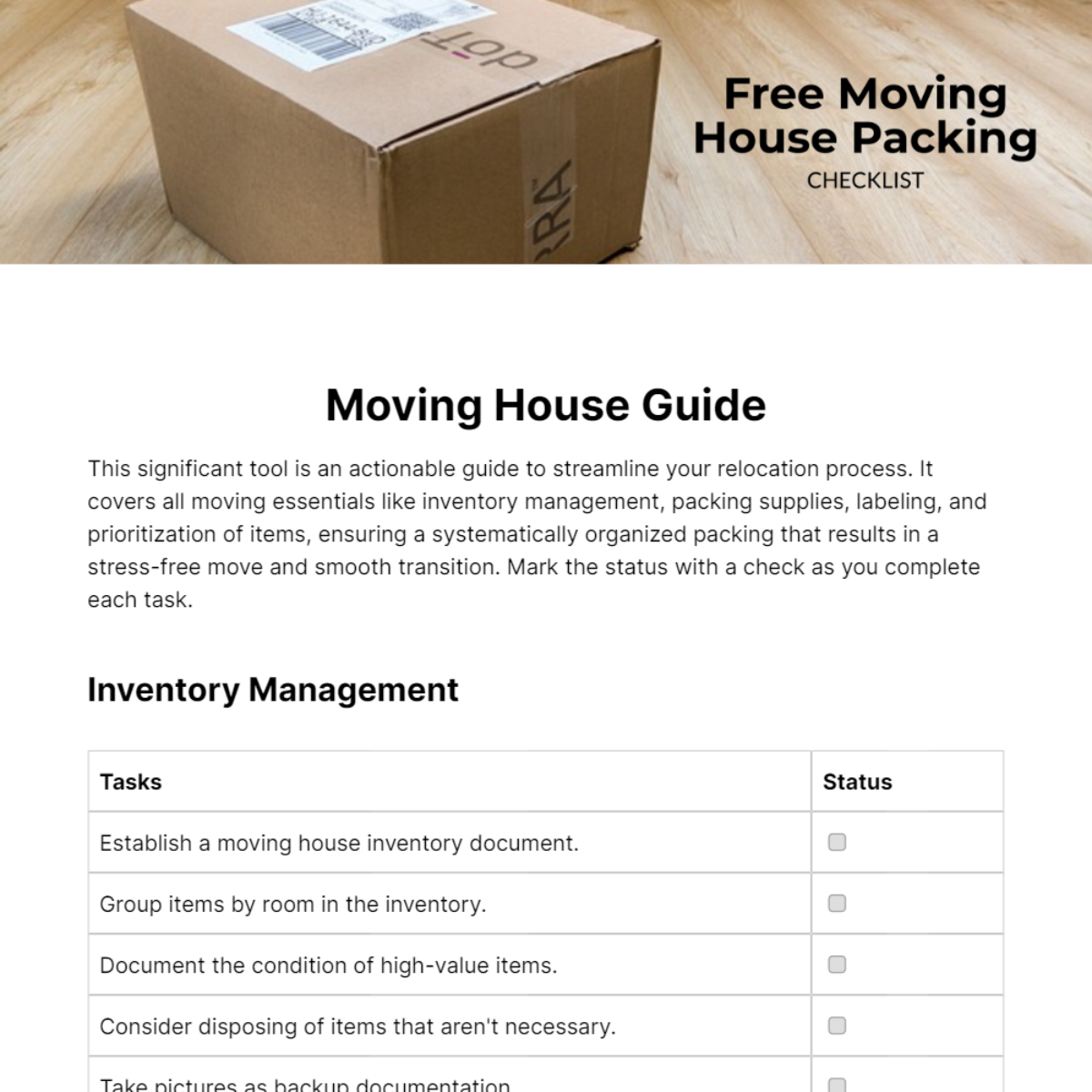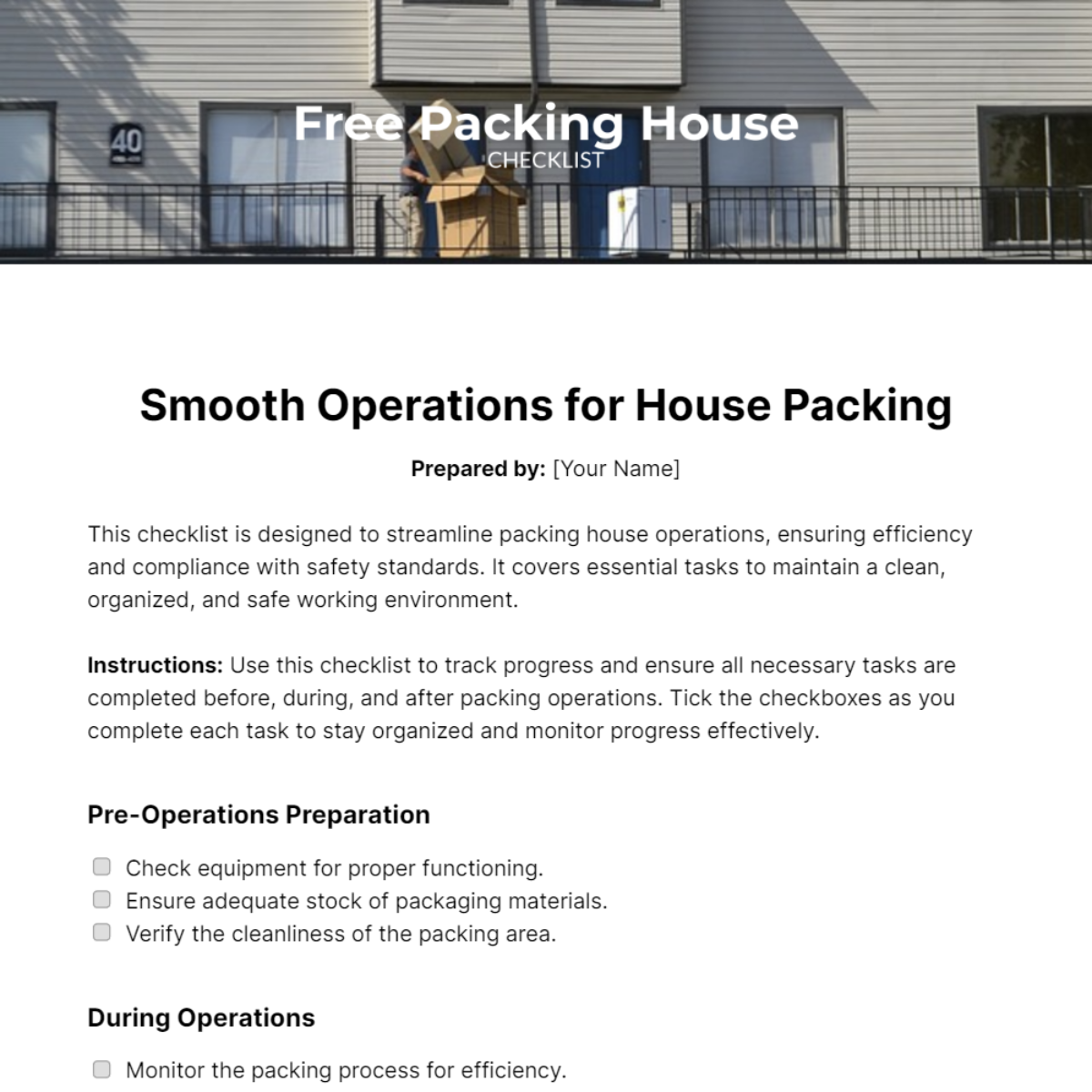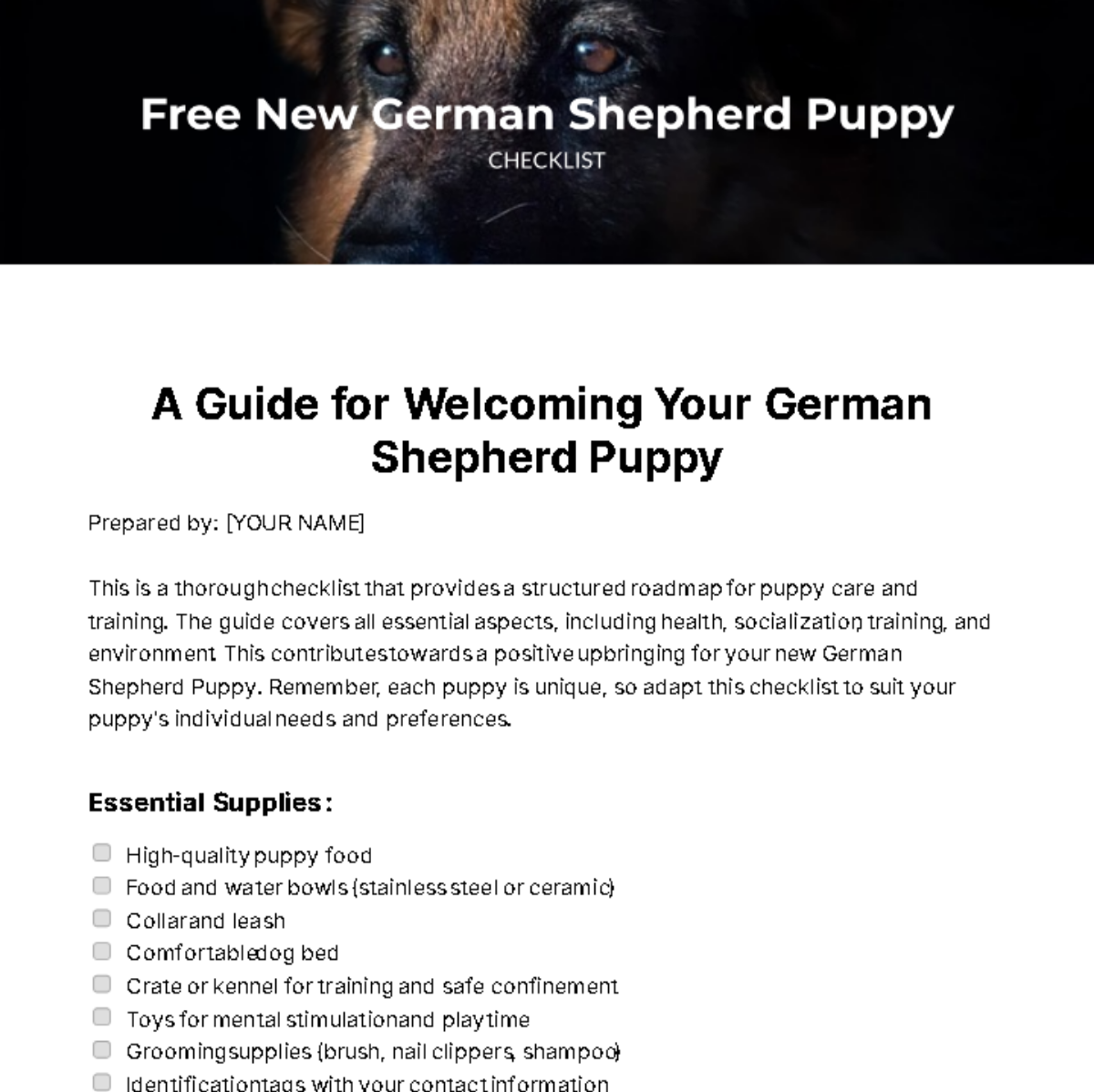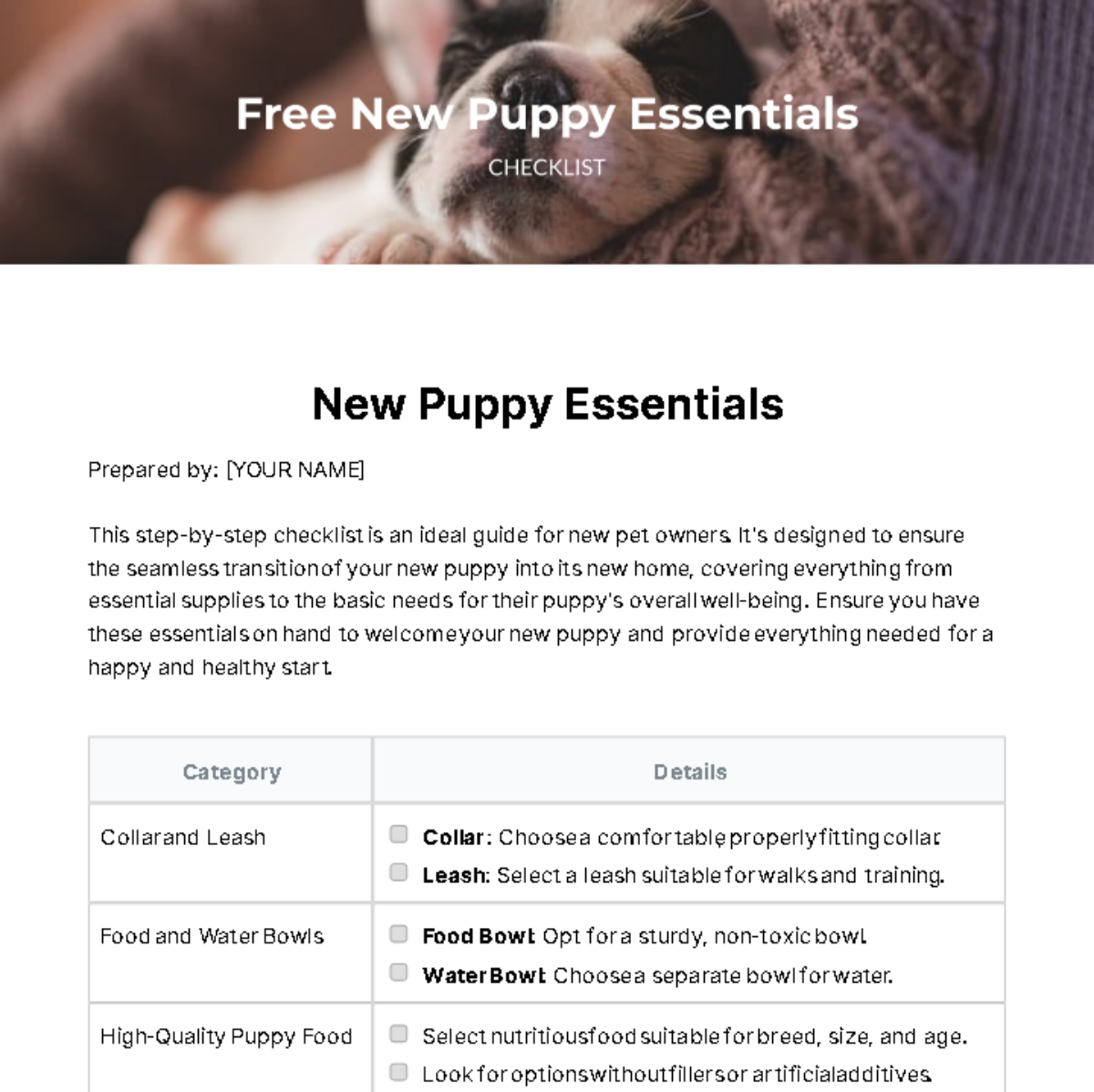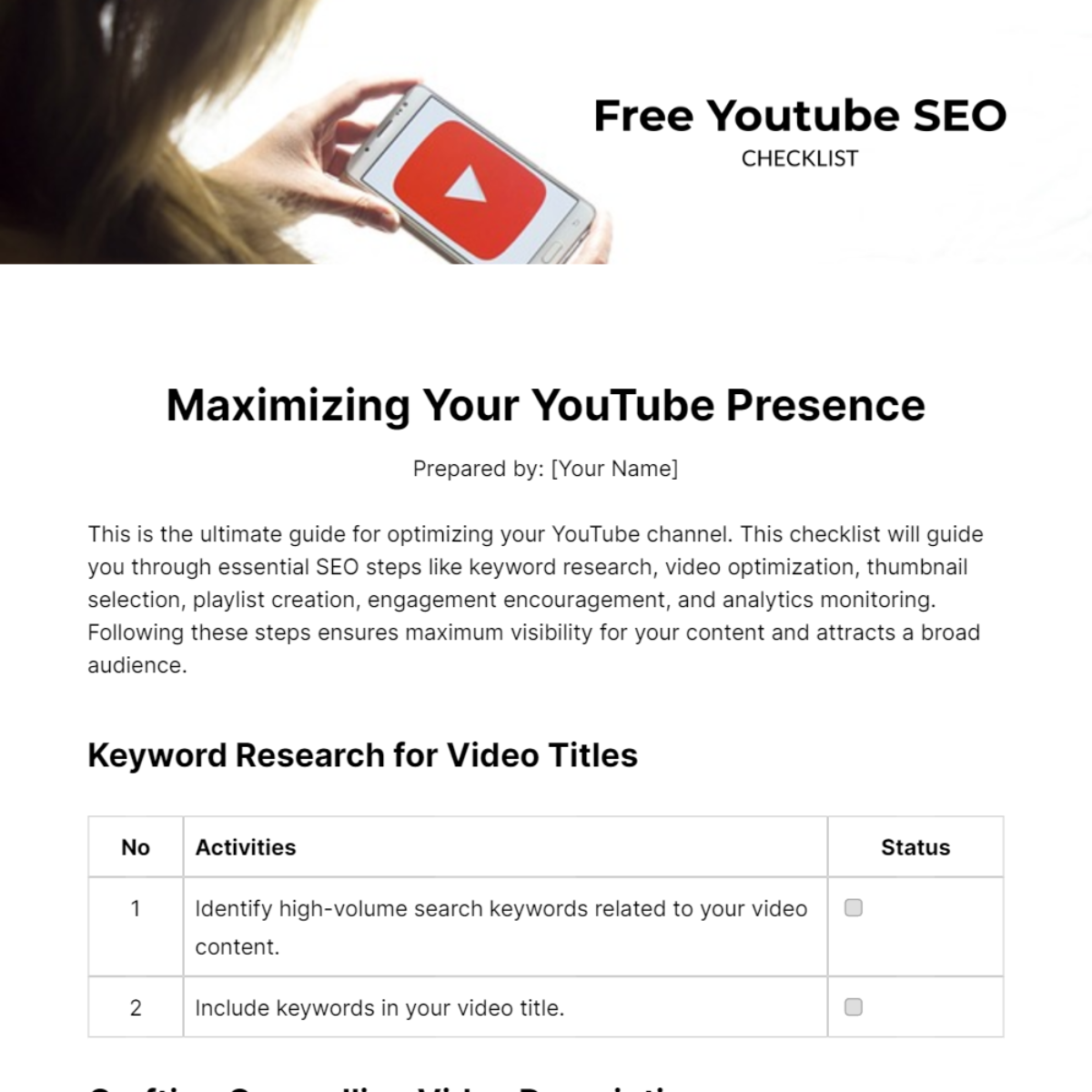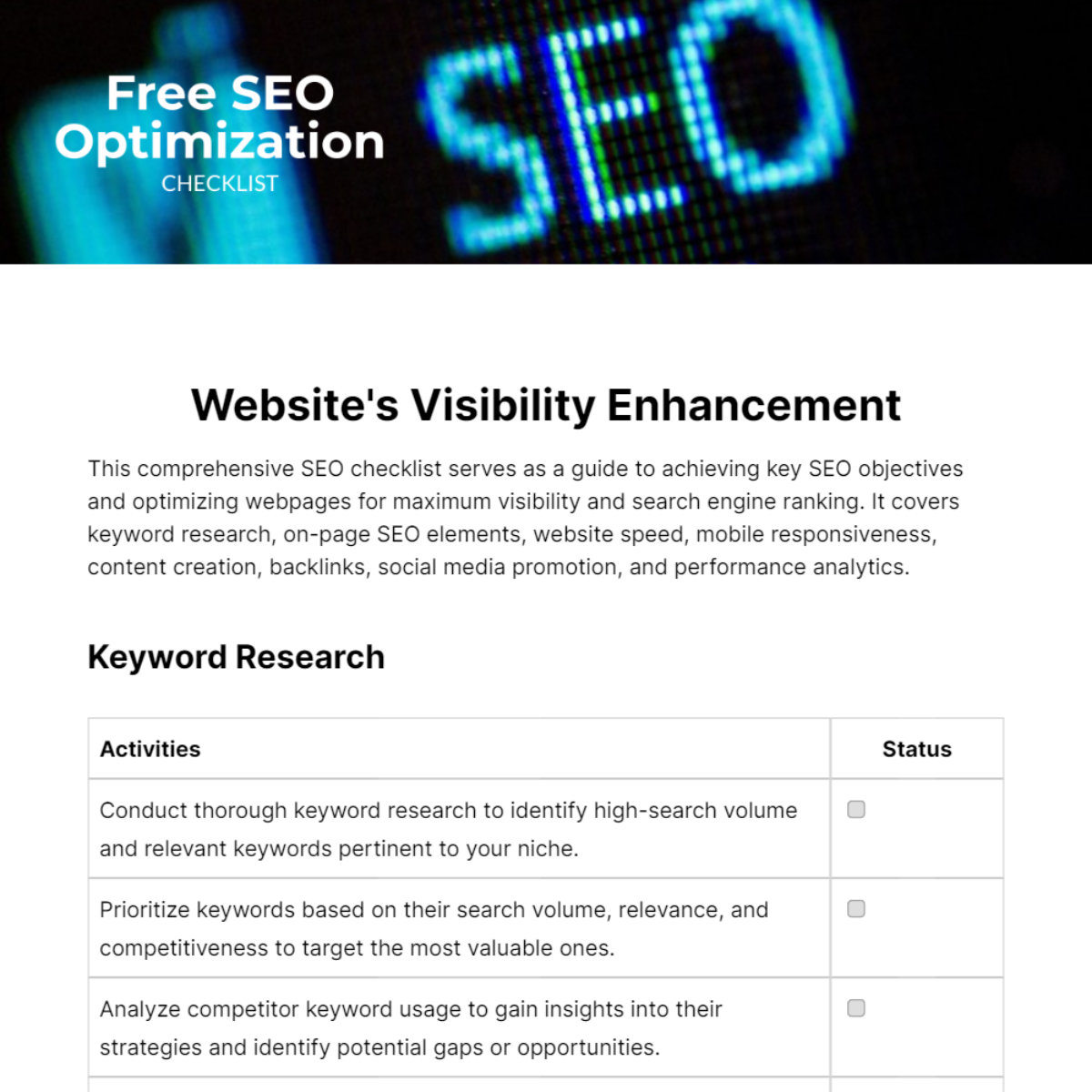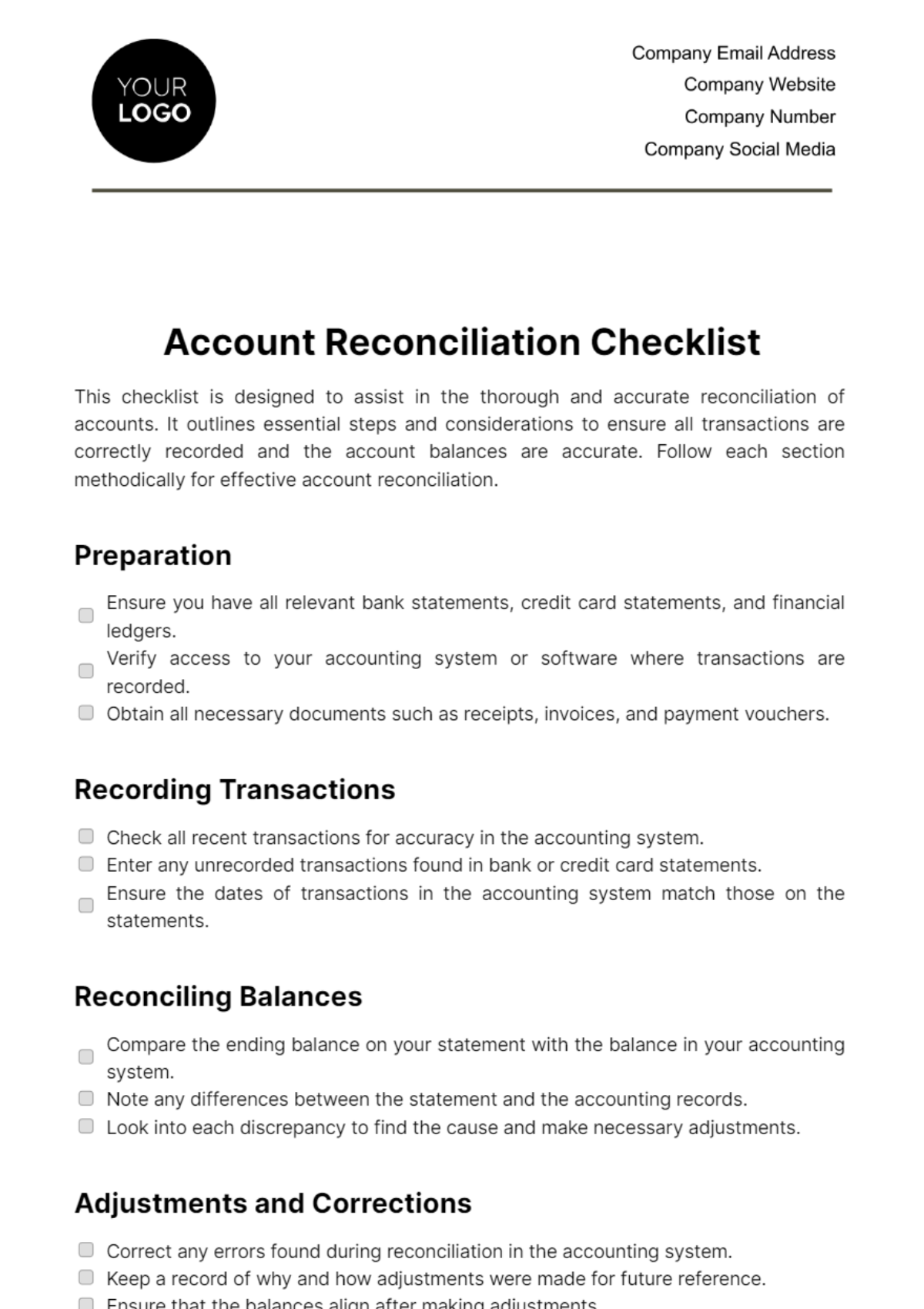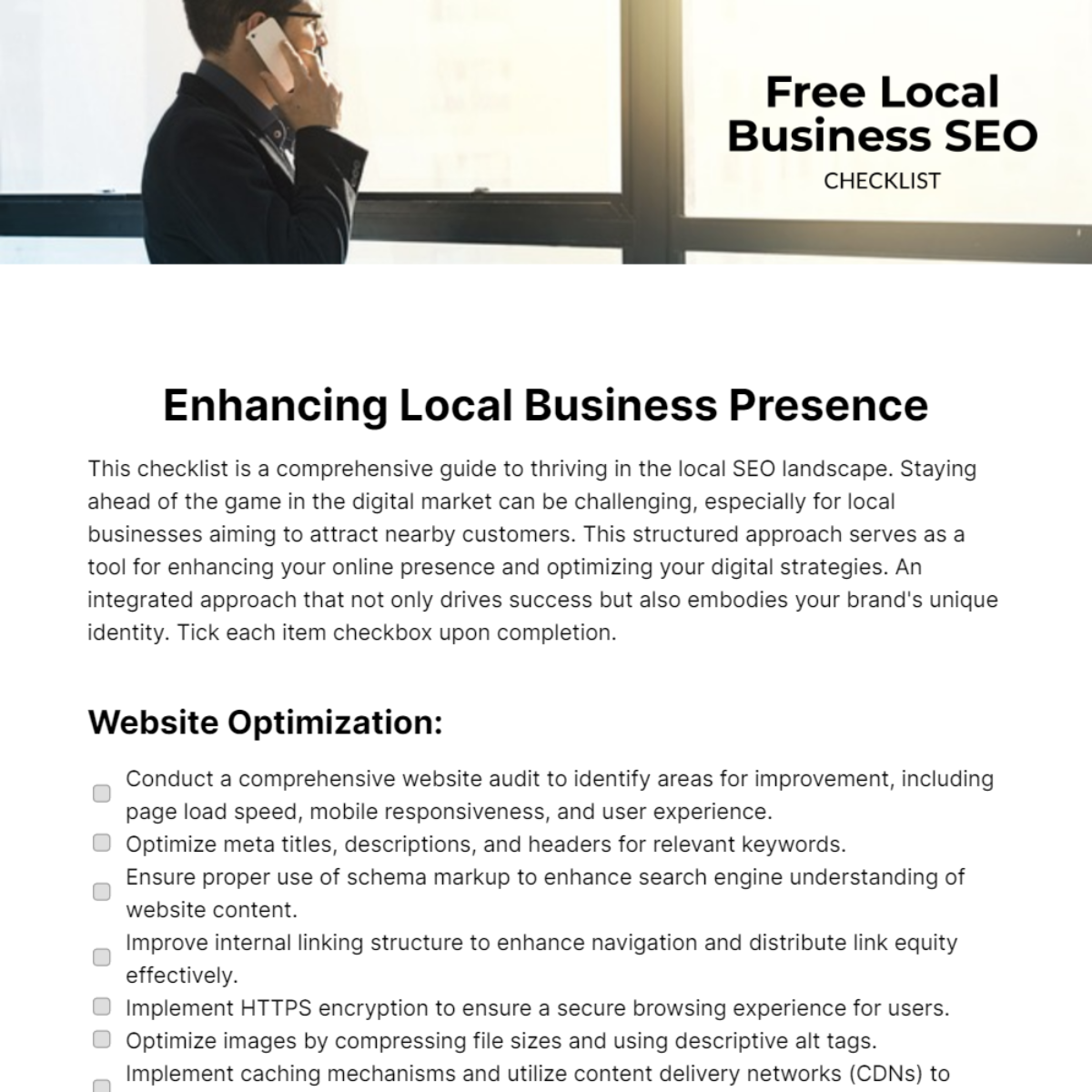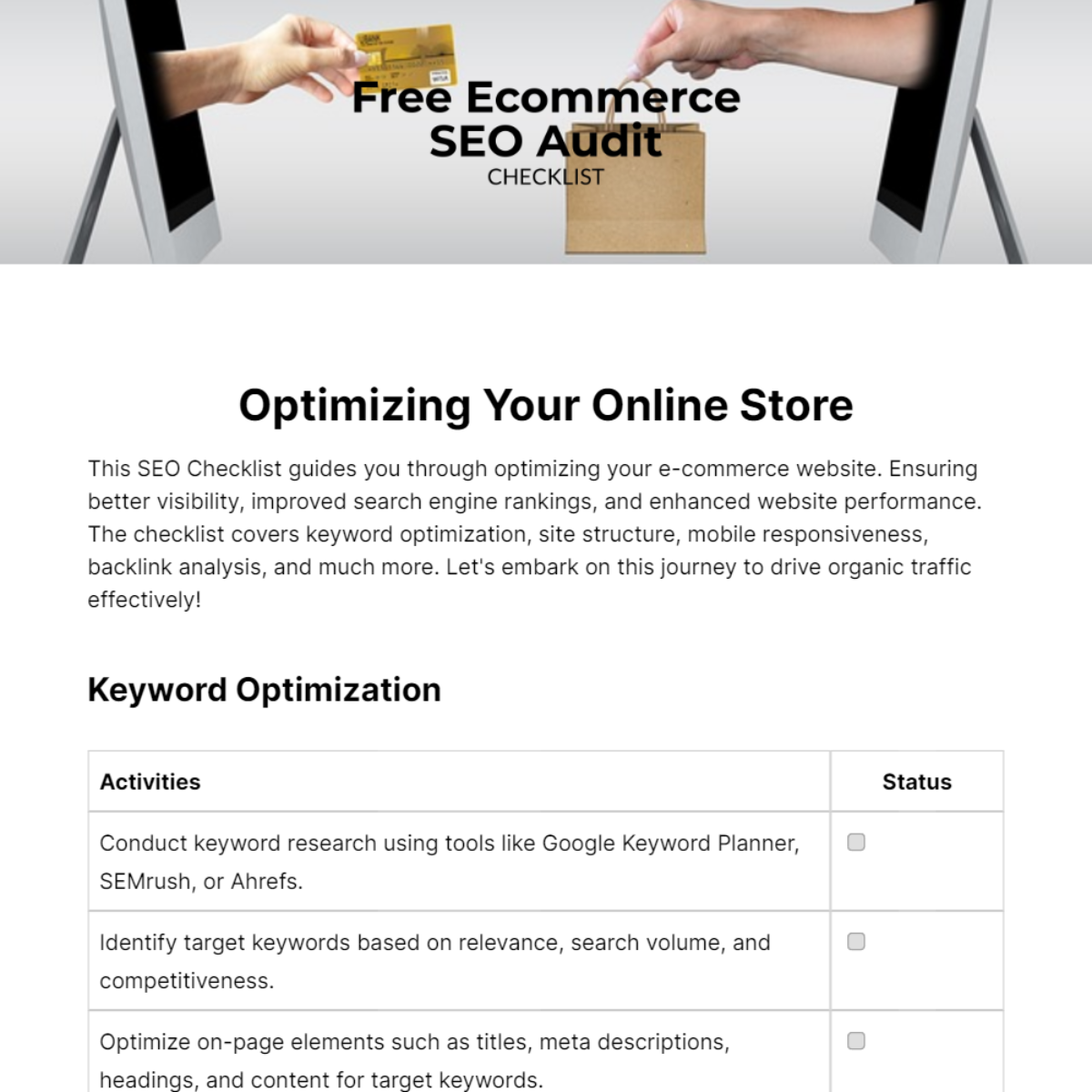Website Outline Optimization Checklist
Introduction
In today's digital landscape, a well-structured and optimized website is crucial for attracting and retaining visitors. This checklist serves as a comprehensive guide to enhance your website's performance, improve user experience, and boost search engine rankings. By following these optimization steps, you can ensure that your website not only meets industry standards but also effectively serves your audience's needs.
1. Content Structure
Clear Navigation: Ensure a logical hierarchy and easy-to-use navigation.
Use of Headings: Use proper heading tags (H1, H2, H3) for improved readability and SEO.
Internal Linking: Add related content links to boost user experience and SEO.
Content Flow: Arrange the content logically with smooth transitions.
2. SEO Optimization
Keyword Research: Naturally integrate target keywords for each page.
Meta Tags: Optimize title tags and meta descriptions for each page.
Image Alt Text: Use descriptive alt text for images to enhance accessibility and SEO.
URL Structure: Ensure URLs are concise, descriptive, and include target keywords.
3. Performance Optimization
Page Load Speed: Use Google PageSpeed Insights to test and improve loading times.
Mobile Responsiveness: Make the website mobile-friendly and fully functional.
Browser Compatibility: Ensure cross-browser consistency.
4. User Experience (UX)
Clear Call-to-Actions (CTAs): Make CTAs prominent and clear.
Readability: Use appropriate font sizes, styles, and colors for easy reading.
Whitespace: Use it wisely to reduce clutter and highlight key elements.
Accessibility: Ensure the website follows accessibility guidelines like WCAG.
5. Analytics and Tracking
Set Up Analytics: Implement Google Analytics or similar tools to track user behavior.
Conversion Tracking: Define and track key conversion metrics.
Regular Audits: Schedule regular audits to evaluate performance and engagement.
6. Content Quality
Unique Content: Ensure all content is original and provides value to the reader.
Regular Updates: Keep content fresh to sustain user interest and SEO ranking.
Multimedia Usage: Use visuals to boost engagement.
7. Security and Compliance
SSL Certificate: Make sure your website has an SSL certificate for security.
Privacy Policy: Develop and show a clear privacy policy to meet legal standards.
GDPR Compliance: Make sure your website follows GDPR or relevant data protection laws.
8. Social Media Integration
Social Sharing Buttons: Include social media sharing options on content pages.
Follow Buttons: Add links to your social media profiles for user engagement.
9. Backup and Recovery
Regular Backups: Set up automated backups to safeguard your website data.
Disaster Recovery Plan: Create a plan for quick recovery in case of website issues.
Conclusion
Regularly reviewing and optimizing your website using this checklist can lead to improved user experience, better search engine rankings, and increased conversions. Adjust the checklist based on your specific website goals and industry standards.
